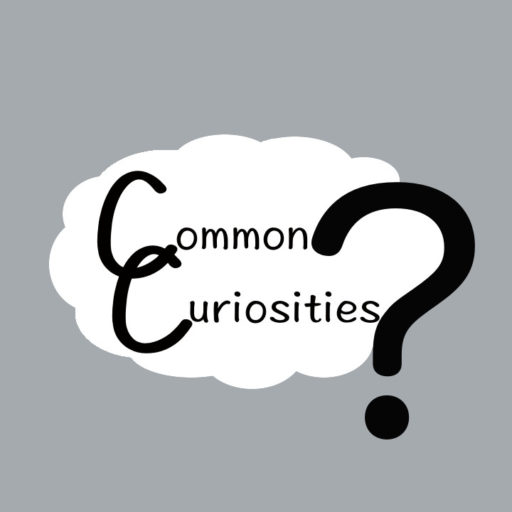Harnessing The Breeze: A Comprehensive Guide To How Wind Energy Works
Wind energy, a cornerstone of renewable energy, has gained significant momentum in recent years as societies seek cleaner, more sustainable power sources. But how exactly does wind energy work? In this article, we’ll delve into the mechanisms behind this fascinating process, exploring the science, technology, and environmental implications of harnessing the power of the wind.

Understanding Wind Energy:
At its core, wind energy is the conversion of wind power into a useful form of energy, typically electricity. This process begins with the kinetic energy present in moving air masses, which is harnessed through the use of wind turbines. These turbines, often arrayed in wind farms, consist of rotor blades mounted on a shaft, connected to a generator. As the wind turns the blades, the rotor shaft spins, generating electricity.
The Science Behind Wind Turbines:
Wind turbines operate on the principle of aerodynamic lift, similar to the wings of an airplane. The shape of the turbine blades is carefully designed to exploit this phenomenon, with a curved profile that causes air pressure imbalances, resulting in lift. This lift force causes the blades to rotate, driving the turbine’s generator to produce electricity.

Types of Wind Turbines:
There are two primary types of wind turbines: horizontal-axis turbines and vertical-axis turbines. Horizontal-axis turbines are the most common, with blades that rotate around a horizontal axis, facing into the wind. Vertical-axis turbines, on the other hand, have blades that rotate around a vertical axis, and they are often used in urban or low-wind-speed environments.
Wind Farm Placement:
The location of wind farms is crucial to their efficiency and effectiveness. Wind speed, consistency, and terrain all play significant roles in determining the suitability of a site for wind energy production. Coastal areas, mountain passes, and open plains are often favored for their consistent and strong winds, while urban areas may have more localized turbulence and obstructions.
Environmental Impact:
One of the key advantages of wind energy is its minimal environmental impact compared to fossil fuel-based power generation. Wind turbines produce no greenhouse gas emissions or air pollutants during operation, reducing carbon footprints and improving air quality. However, concerns regarding habitat disruption, bird and bat collisions, and visual aesthetics are important considerations in wind farm development.
Wind energy stands as a beacon of sustainability in our quest for cleaner, greener power sources. By understanding the science behind wind turbines and their environmental implications, we can harness the power of the wind to propel us towards a more sustainable future.
FAQ:
Q: How much electricity can a wind turbine generate?
A: The amount of electricity generated by a wind turbine depends on factors such as wind speed, turbine size, and efficiency. On average, a modern wind turbine can generate enough electricity to power hundreds of homes.
Q: Are there any drawbacks to wind energy?
A: While wind energy offers numerous benefits, including emissions-free electricity generation, there are some drawbacks to consider. These may include the intermittency of wind, which can affect grid stability, as well as concerns about noise pollution and visual impact in local communities.
Q: Can wind energy be stored for use when the wind isn’t blowing?
A: Currently, storing large amounts of wind energy for later use remains a technological challenge. However, advancements in energy storage technologies, such as batteries and pumped hydro storage, are helping to address this issue and improve the reliability of wind energy systems.


